Udupi is a town in the south-west Indian State of Karnataka. It is the headquarters of Udupi District. Udupi is notable for the Krishna Temple, and lends its name to the popular Udupi cuisine. Udupi, also known as Rajata Peetha and Shivalli (Shivabelli), a centre of pilgrimage, is situated about 58 km north of Mangalore and about 422 km north-west of Bangalore.
HOW TO REACH
Udupi is located on the main line of Konkan Railway that connected Mumbai and Mangalore. Trains are available from Trivendrum, Mangalore and Mumbai.
By Flight:-
Mangalore, 60 km from Udupi is the nearest airport. Direct daily flights are available from Delhi, Mumbai and Bangalore.
Udupi is one hour by road from Mangalore on NH17. Regular buses are available through the day. KSRTC buses leave Bangalore every night, and reach Udupi next morning. If you are driving from Bangalore, take NH4 (Tumkur Road) out of Bangalore. Turn left at Nelamangala and enter NH48 to get to Mangalore, and drive north.
WHAT TO SEE
Shri Krishna Temple:-
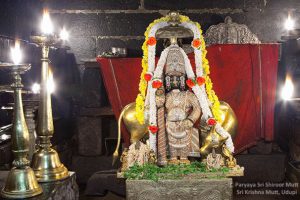 Shri Krishna Temple of Udupi is among the highly revered Hindu shrines dedicated to God Krishna. The temple resembles an ashram and is also referred as Shri Krishna Math. It is one of the most ancient shrines made of wood and stone dating back to 1,500 years.
Shri Krishna Temple of Udupi is among the highly revered Hindu shrines dedicated to God Krishna. The temple resembles an ashram and is also referred as Shri Krishna Math. It is one of the most ancient shrines made of wood and stone dating back to 1,500 years.
Kaup Beach:-
Kaup Beach, situated at a distance of 12 km from Udupi, is one of the beautiful coastal belts in India. A 100 ft high lighthouse on the small hills and serene surroundings dotted with palm trees are the major attractions of the beach. The lighthouse was built by the British in 1901. Besides, the beach also has ruins of an ancient fort and two temples dedicated to Goddess Mariamma.Travellers visiting the beach can witness the beautiful view of sunset and engage in beach activities like building sand castle, volleyball or football.
Malpe Beach:-
 Malpe Beach is a major attraction of the town, located at a distance of 6 km from Udupi. The beach lies towards the west of Udupi at the mouth of Malpe or Udyavara River. Leisure walk on golden sand and under the clear blue sky along with palm trees all make it an ideal retreat. Tourists visiting the beach can indulge in recreational activities like bathing, boating and fishing.One of the major highlights of the beach is the fishing harbour comprising ferryboats. Udupi City Municipality looks after Malpe Beach.
Malpe Beach is a major attraction of the town, located at a distance of 6 km from Udupi. The beach lies towards the west of Udupi at the mouth of Malpe or Udyavara River. Leisure walk on golden sand and under the clear blue sky along with palm trees all make it an ideal retreat. Tourists visiting the beach can indulge in recreational activities like bathing, boating and fishing.One of the major highlights of the beach is the fishing harbour comprising ferryboats. Udupi City Municipality looks after Malpe Beach.
Anantha Padmanabha Temple:-
Anantha Padmanabha Temple of Hebri in Karkala taluk is one of the revered shrines, positioned below the stretch of Agumbe Ghats. The temple is 22 km from Udupi and is located on the river banks of Seethanadi. The shrine has sculptures of Kshethrapala, Khadga Ravana and Dhoomavathi.There is a beautiful idol of black granite in a standing posture.
Pajaka village:-
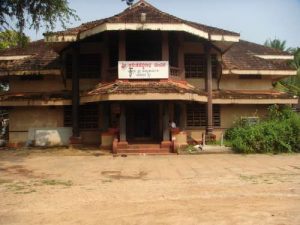 Pajaka village in Udupi is the birthplace and the hereditary home of Sri Madhavacharya who is a Dvaita philosopher. This place of natural beauty has a Banyan tree which was grown by Sri Madhva. The famous spot of this village is where the philosopher lifted two huge big stones and placed them over the pots and is also well known for the four ponds, the place from where he took water.
Pajaka village in Udupi is the birthplace and the hereditary home of Sri Madhavacharya who is a Dvaita philosopher. This place of natural beauty has a Banyan tree which was grown by Sri Madhva. The famous spot of this village is where the philosopher lifted two huge big stones and placed them over the pots and is also well known for the four ponds, the place from where he took water.
SHOPPING:-
Udupi is all about buying local spices, wooden handicrafts and ethnic earthenware for which the place is popular. Ratha Beedi is a bustling street in Udupi, ideal for shoppers to buy a variety of items. It is located near the Krishna temple. During festive seasons, temporary shops are placed strategically for buyers.Culinary products are available along with cooking items and ingredients that are used in popular Udupi South Indian cuisines. Guliyappa and Aruvamane vessels that are used for scraping coconuts for Udupi dishes are available here.
FOOD:-
Udupi cuisine is a cuisine of South India. It forms an important part of the cuisine of Karnataka and takes its name from Udupi, a town on the southwest coast of India in the state of Karnataka. Udupi cuisine has its origin in the Ashta mathas of Udupi founded by Madhvacharya.Udupi cuisine comprises dishes made primarily from grains, beans, vegetables, and fruits. The variety and range of dishes is wide, and a hallmark of the cuisine involves the use of locally available ingredients.It adheres strictly to the Satvik tradition of Indian vegetarian cuisine, using no onions or garlic, as well as no meat, fish, or shellfish. However, the cuisine may also be adapted for those who consume these restricted items.

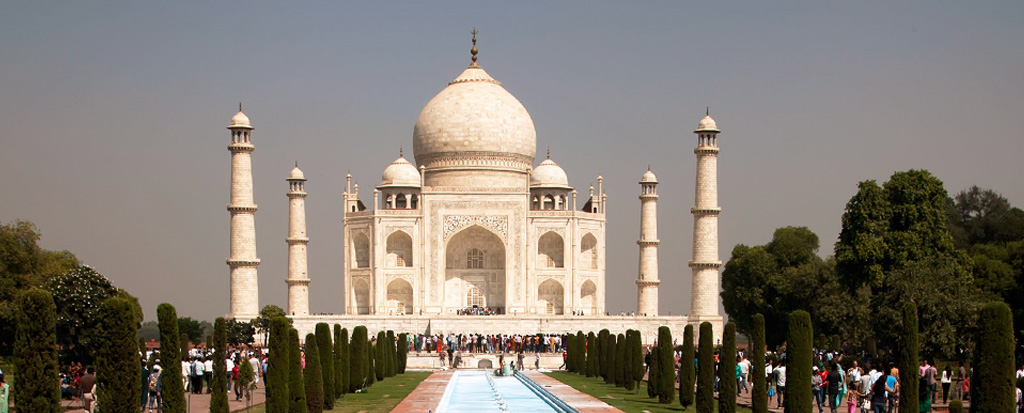


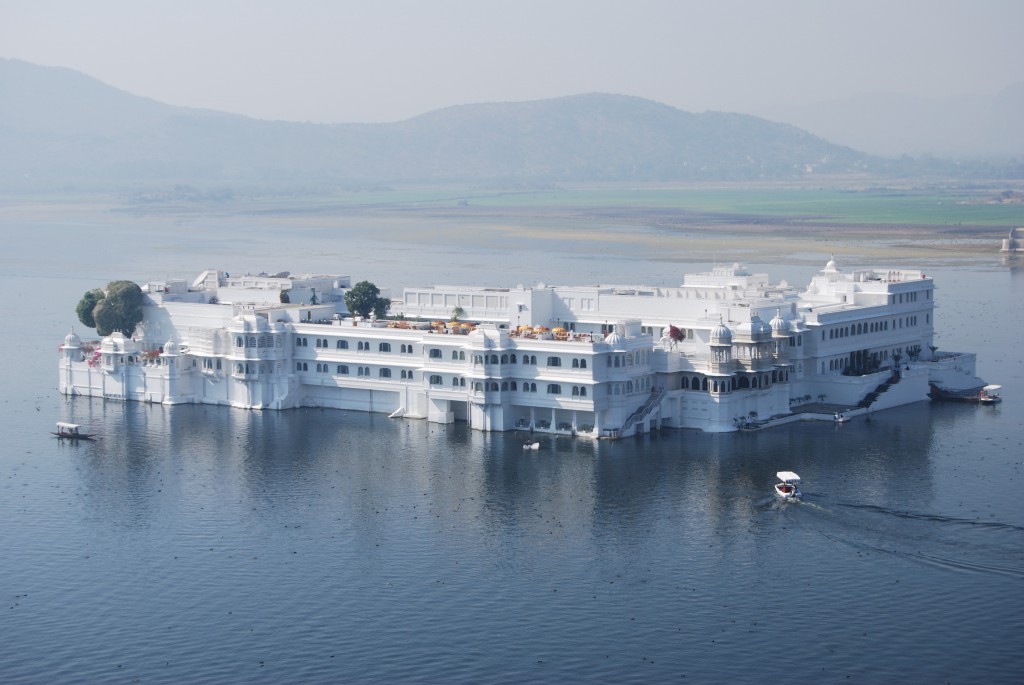
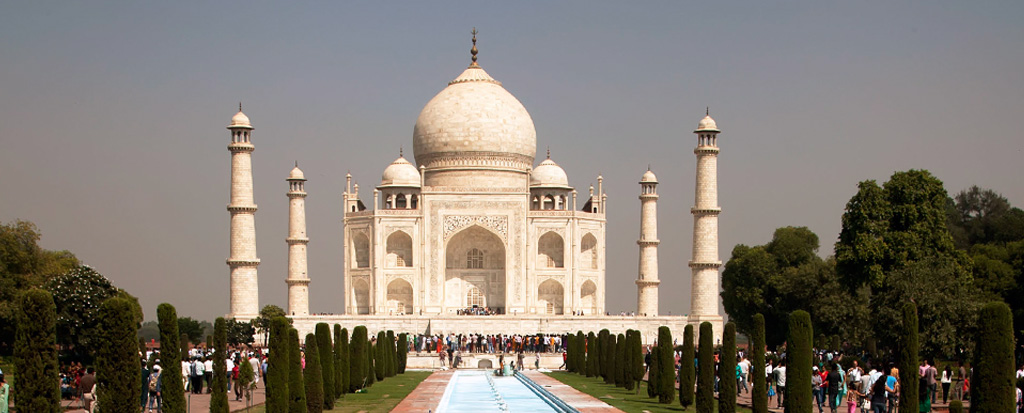
Recent Comments